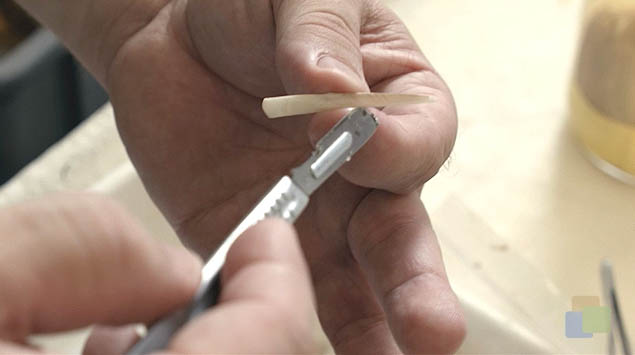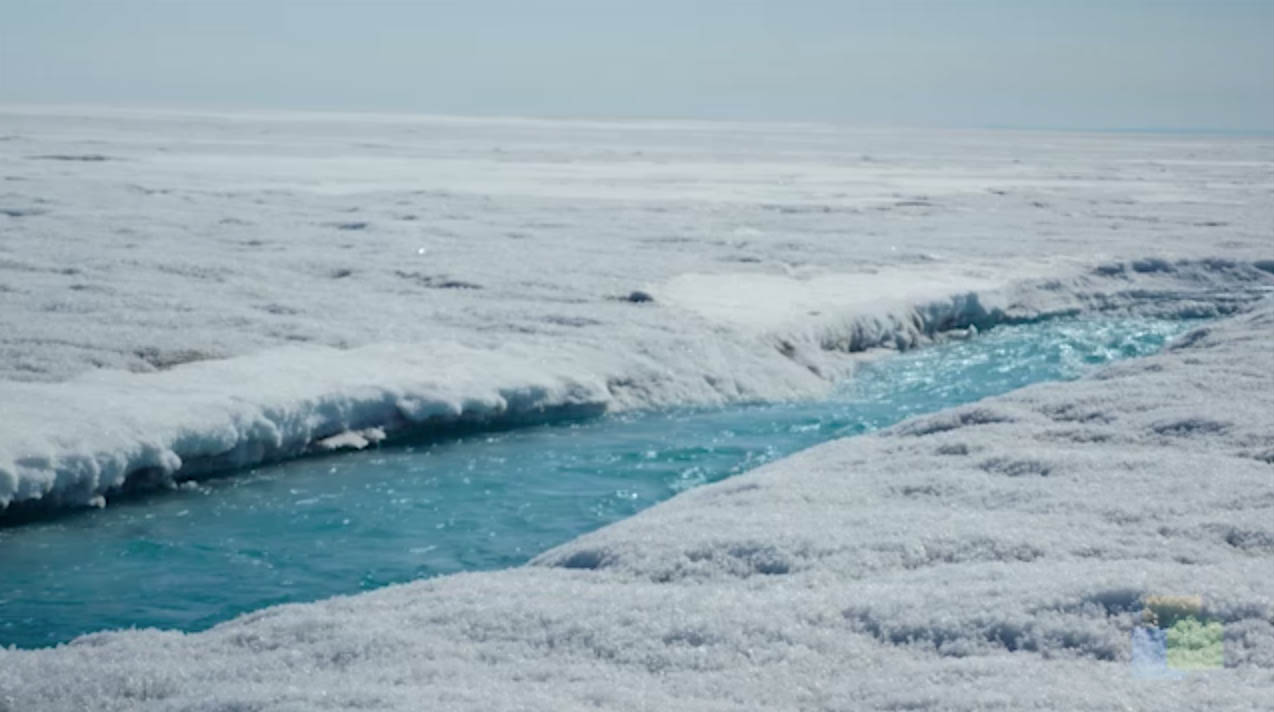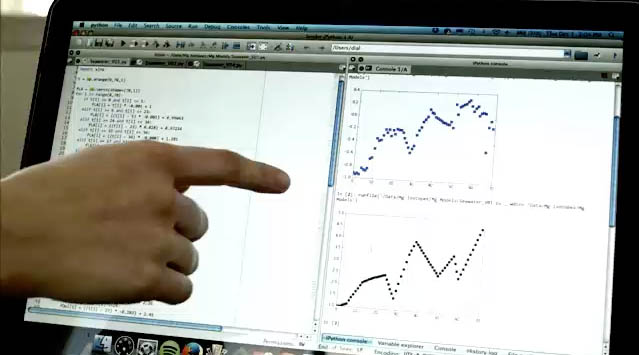General Information
Aligned Standards
This vetted resource aligns to concepts or skills in these benchmarks.Related Videos

What's the shortest path between point A and B on the ocean? It depends on wind and currents, but coordinates can help you track your position.
Related Resources:
KROS Pacific Ocean Kayak Journey: GPS Data Set[.XLSX]
KROS Pacific Ocean Kayak Journey: Path Visualization for Google Earth[.KML]
Download the CPALMS Perspectives video student note taking guide.

Unlock an effective teaching strategy for using patterns to help students make generalizations when adding integers in this Teacher Perspectives video for educators.

Why did the math teacher KROS the ocean? Because it made for a wonderful way to engage students and do something unique.
Related Resources:
KROS Pacific Ocean Kayak Journey: GPS Data Set [.XLSX]
KROS Pacific Ocean Kayak Journey: Path Visualization for Google Earth [.KML]
Download the CPALMS Perspectives video student note taking guide.

Why is it important to look beyond whether a student gets the right answer? Dr. Lawrence Gray explores the importance of understanding why we perform certain steps or what those steps mean, and the impact this understanding can have on our ability to solve more complex problems and address them in the context of real life in this Expert Perspectives video.

What is fluency? What are the ingredients required to become procedurally fluent in mathematics? Dr. Lawrence Gray explores what it means for students to be fluent in mathematics in this Expert Perspectives video.

What roles do exploration, procedural reliability, automaticity, and procedural fluency play in a student's journey through the B.E.S.T. benchmarks? Dr. Lawrence Gray explains the path through the B.E.S.T. mathematics benchmarks in this Expert Perspectives video.

How are fluency and automaticity defined? Dr. Lawrence Gray explains fluency and automaticity in the B.E.S.T. mathematics benchmarks in this Expert Perspectives video.

It's important to stay inside the lines of your project constraints to finish in time and under budget. This NASA systems engineer explains how constraints can actually promote creativity and help him solve problems!

Unlock an effective teaching strategy for solving quadratic equations in this Teacher Perspectives video for educators.

Have a need for speed? Get out your spreadsheet! Race car drivers use algebraic formulas and spreadsheets to optimize car performance.

What happens when math models go wrong in forecasting hurricanes?
Download the CPALMS Perspectives video student note taking guide.

Chip Cotton, fishery biologist, discusses his use of mathematical regression modeling and how well the data fits his models based on his deep sea shark research.
Download the CPALMS Perspectives video student note taking guide.

In this video, Brad Rosenheim describes how Louisiana sediment cores are used to estimate sea level changes over the last 10,000 years. Video funded by NSF grant #: OCE-1502753.

Angela Dial discusses how she solves systems of equations to determine how the composition of ocean floor sediment has changed over 65 million years to help reveal more information regarding climate change.
![Cpalms [Logo]](/images/cpalms_color.png)






